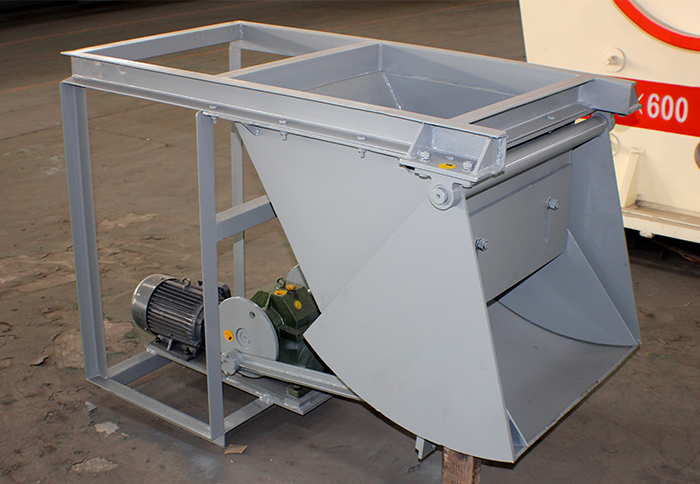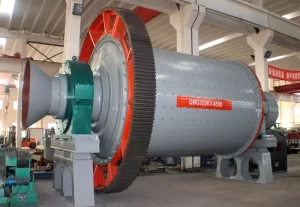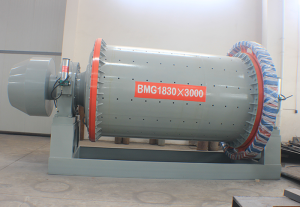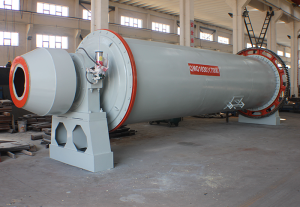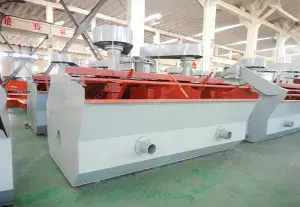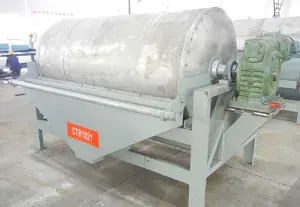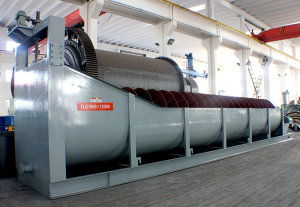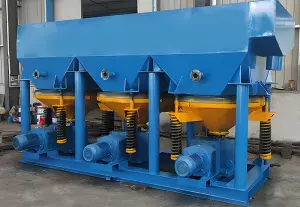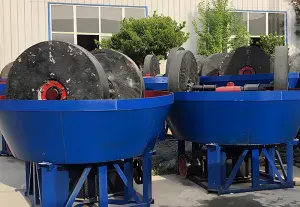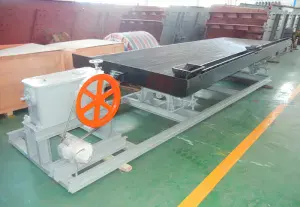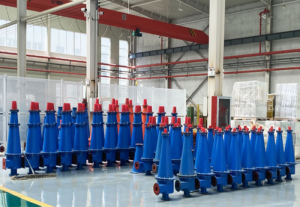Pendulum Feeder
Applied Material:nAll kinds of ores and other materials.n- Feeding Size:35–50mm
- Capacity:1–25TPH
The Introduction of Pendulum Feeder
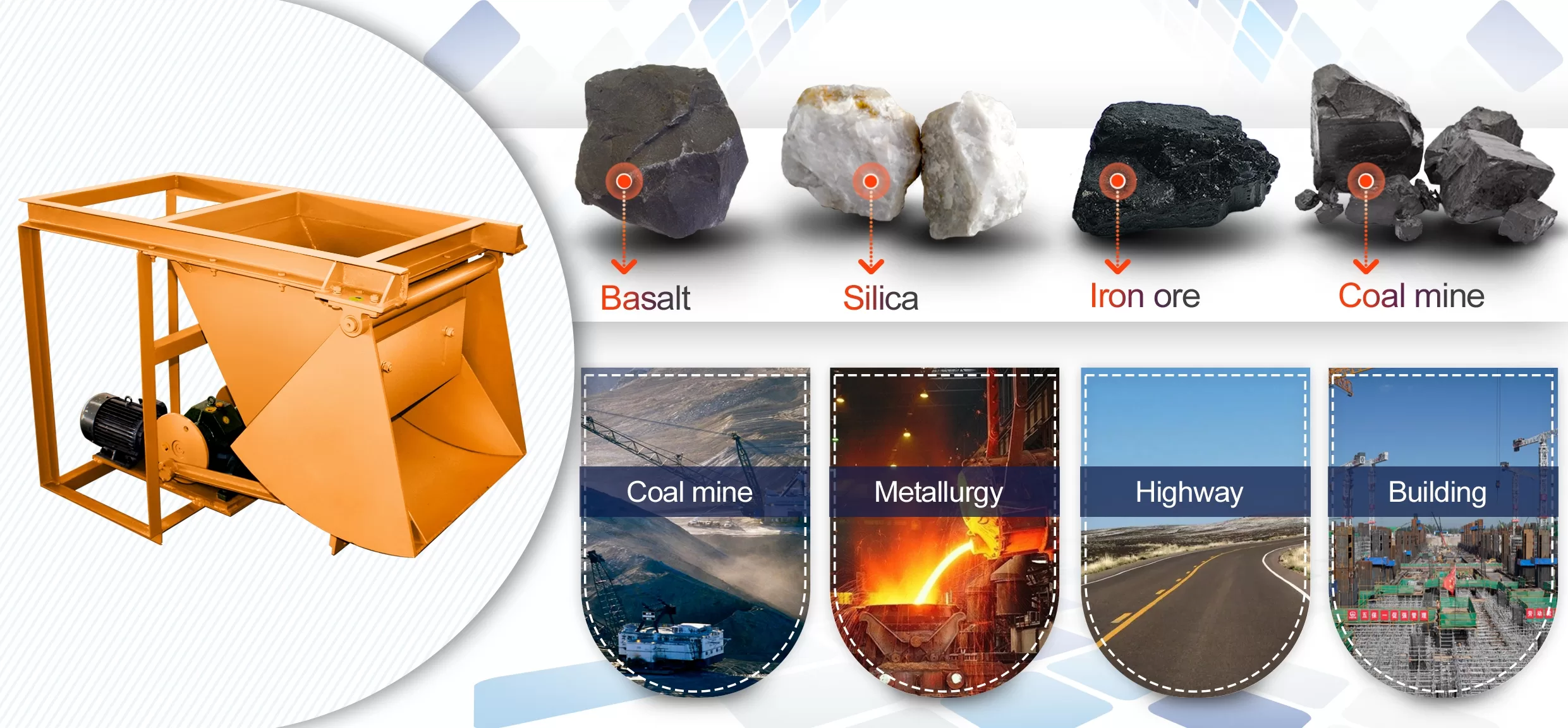
The Applications of Pendulum Feeder
The pendulum feeder offers several advantages:
The pendulum feeder operates based on the following working principle:
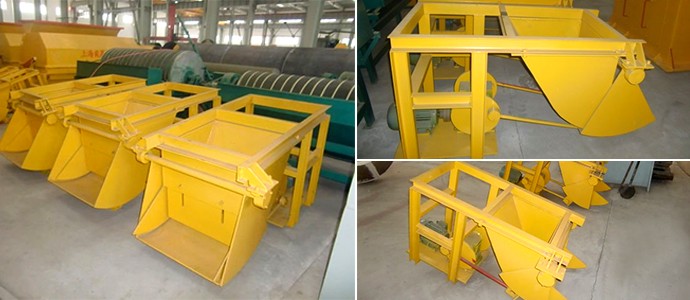
Here are the instructions for the installation and maintenance of a pendulum feeder:
General Specification
| Product Size | Processimg Capacity(t/h) | Motor Power (kw) |
| 400×400 | 0-12 | 1.1 |
| 600×600 | 3-25 | 2.2 |
Related Products
Ball Mill
Our ball mill are available in different styles and many models in each style to adapt to various grinding requirements.
Rod Mill
Our Rod Mill are available in different styles and numerous model sizes in each style to adapt to various grinding requirements. The rod mill is a grinding equipment that uses steel rods as the grinding media, wid…
Ceramic Ball Mill
Our Ceramic ball mill are available in different styles and numerous model sizes in each style to adapt to various grinding requirements. Ceramic ball mill, as a grinding tool for modern refinement industry, stand…
Flotation Machine
Our Flotation Machine are available in different styles and numerous model sizes in each style to adapt to various mineral separation requirements. A flotation machine is a crucial piece of equipment used to separ…
Magnetic Separator
Magnetic Separator is used to efficiently separate magnetic particles from non-magnetic materials in mineral processing, featuring a rotating drum design and customizable magnetic field strength for high-purity separation. …
Spiral Classifier
Spiral classifiers can grade different particles in ore slurry during the metal beneficiation process as well as deslime and dehydrate in the washing operation.
Jigging Separator Machine
Zoneding Machine supplies different types of jigging in mineral processing(such as fixed jig and mobile jig machine), the customized parameters for your requirements. A Mineral jigging machine…
Gold Mine Wet Pan Mill
Gold Mine Wet pan mill applys in the gold mining industry and is one of the indispensable equipment in the modern gold mining industry. In addition, it can also apply for mining and processing other non-ferrous metals and precious metal ore…
Shaking Table
Our Shaking Table are available in different styles and numerous model sizes in each style to adapt to various mineral separation requirements. A shaking table, sometimes called a gold shaker table or gold recovery …
Hydrocyclone
Hydrocyclone is a device that classifies materials according to grain size and uses centrifugal force to increase the precipitation rate of particles. A hydrocyclone, also known as a cyclone separator, is a sta…
loading…
已经是到最后一篇内容了!
 Zoneding Machine
Zoneding Machine












